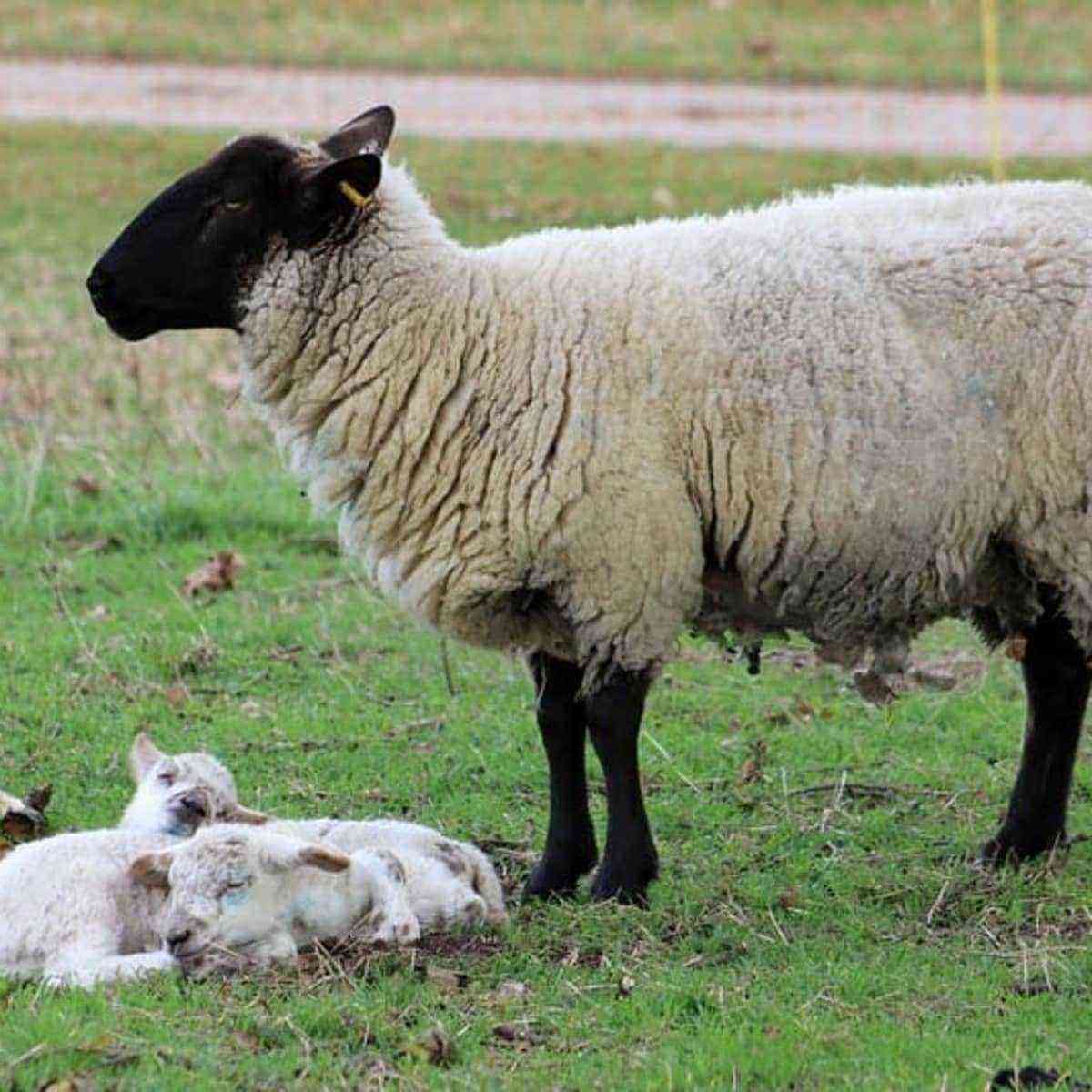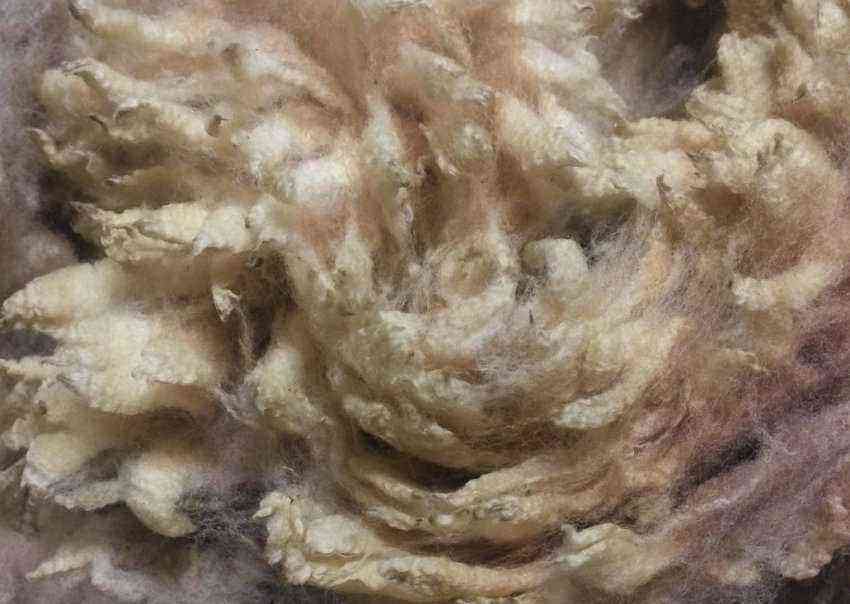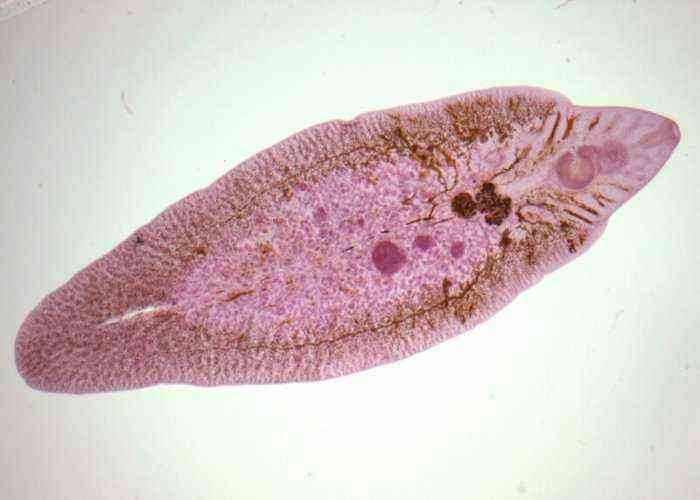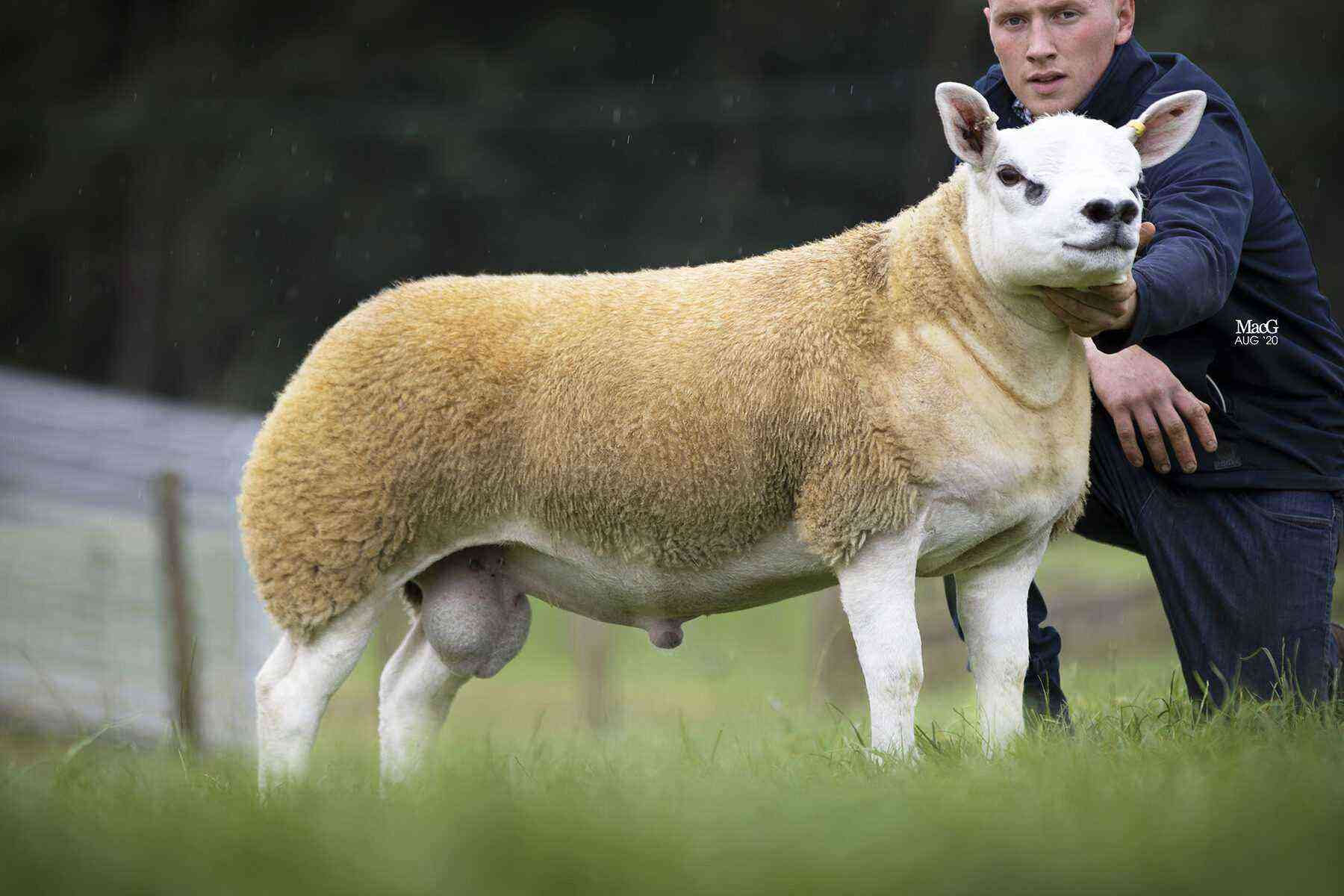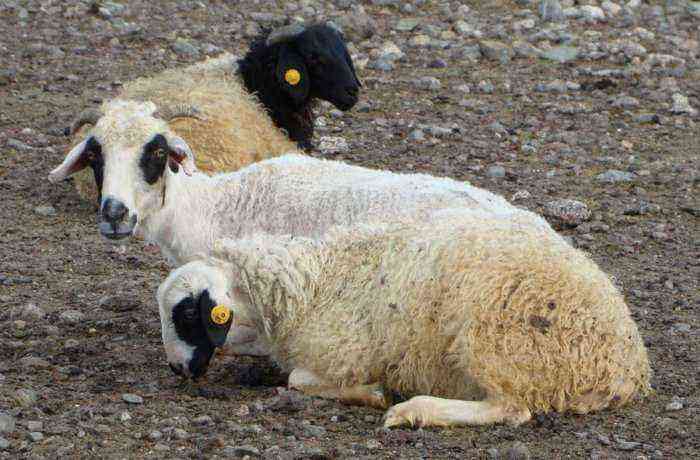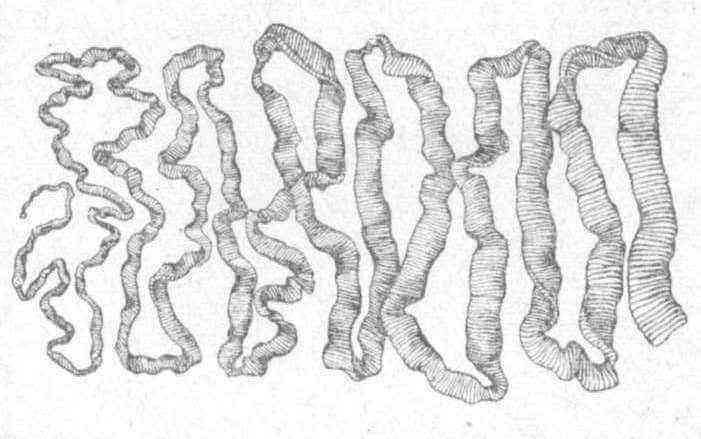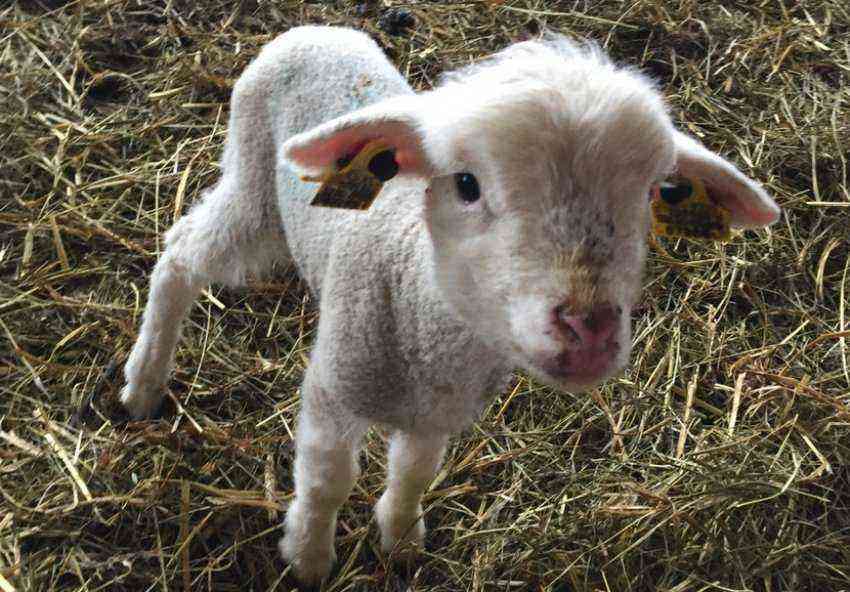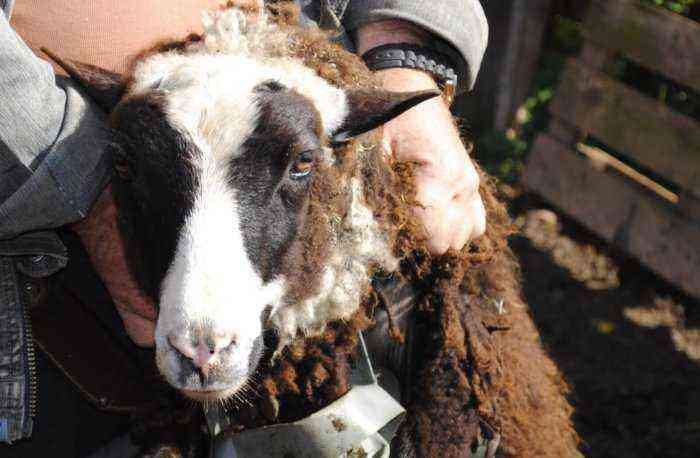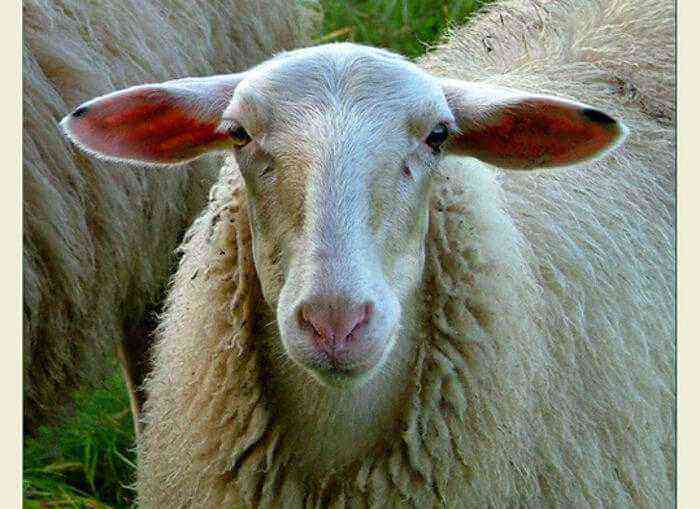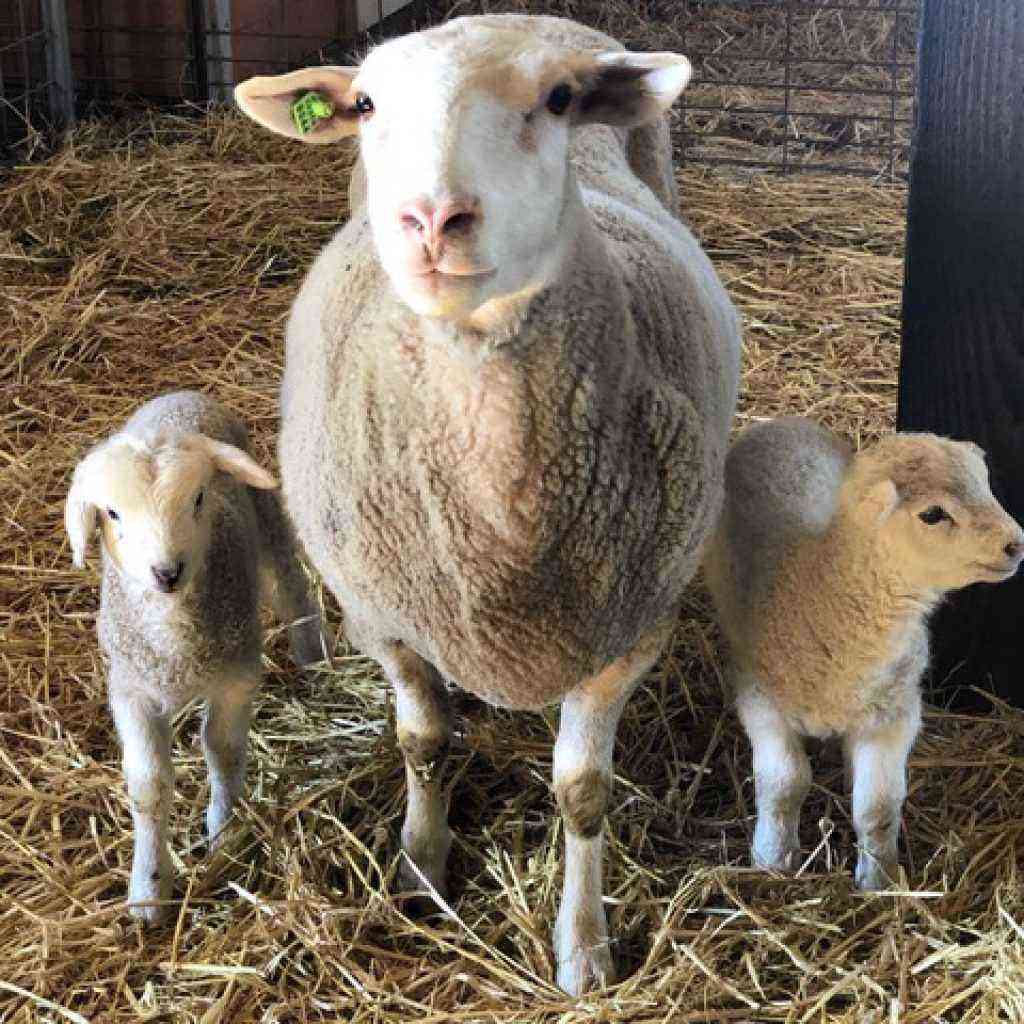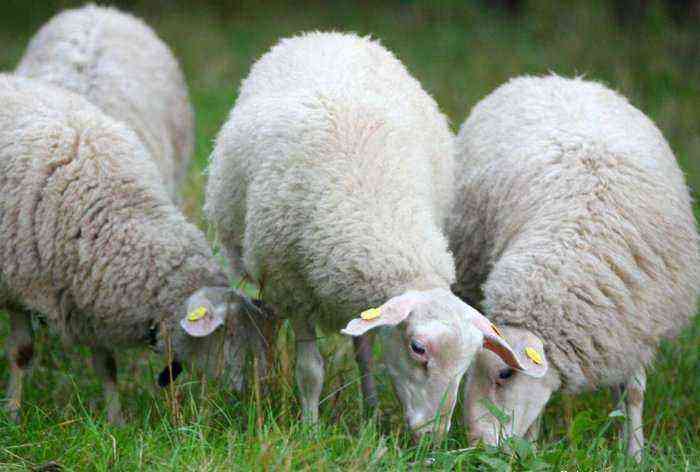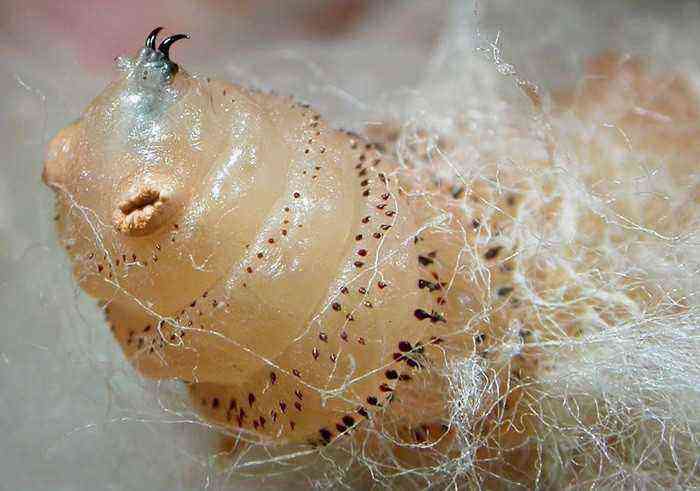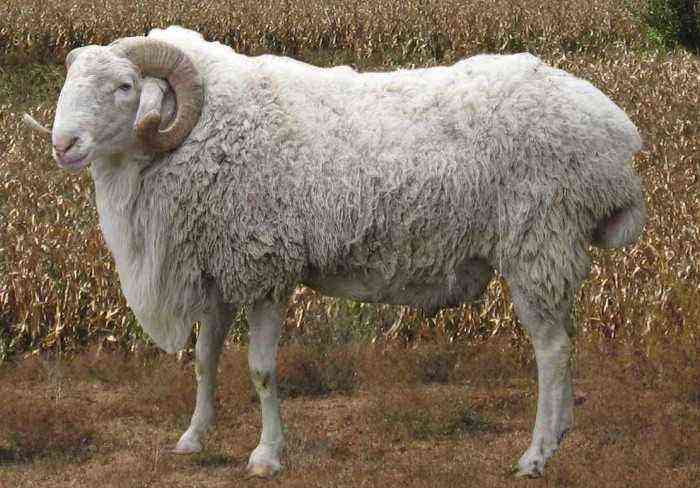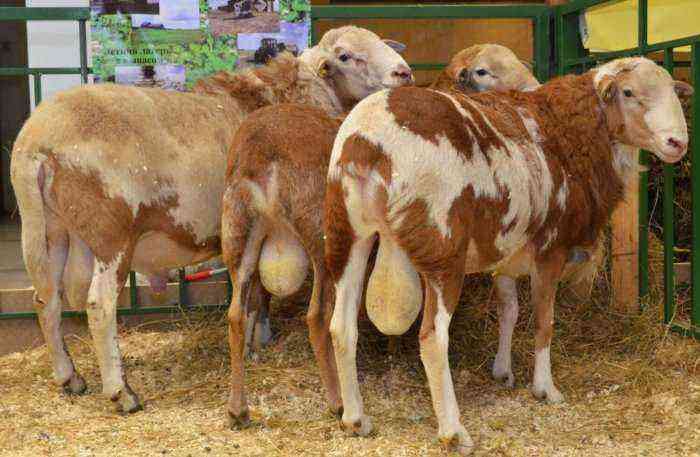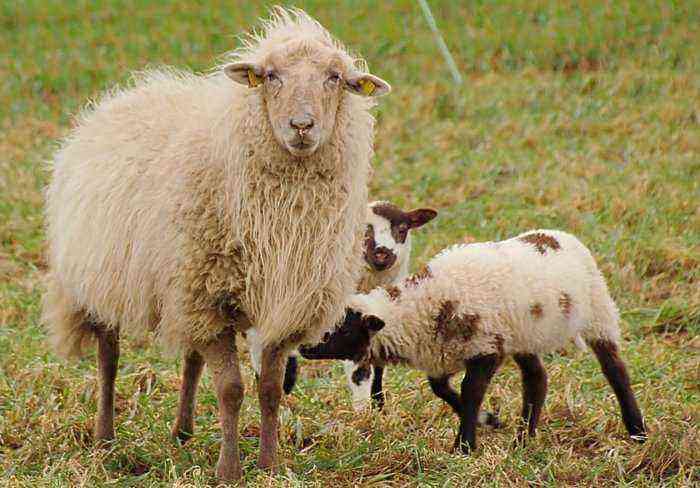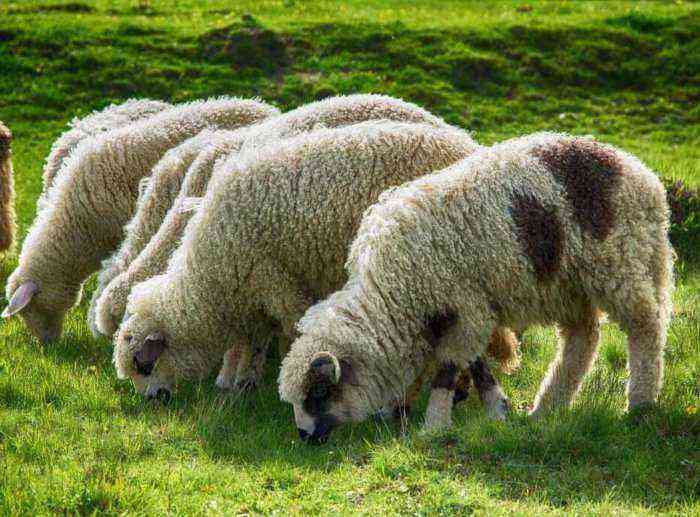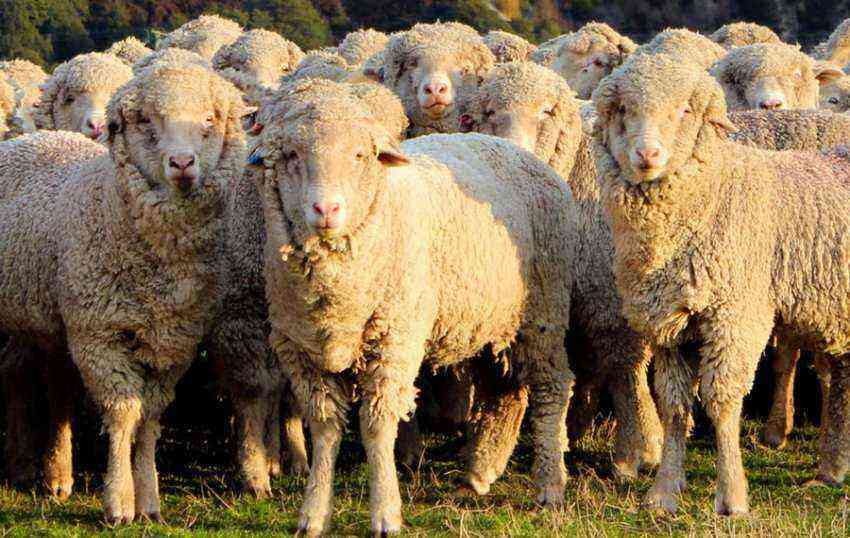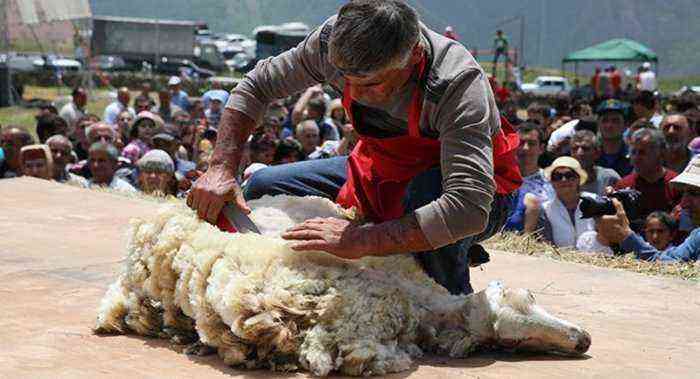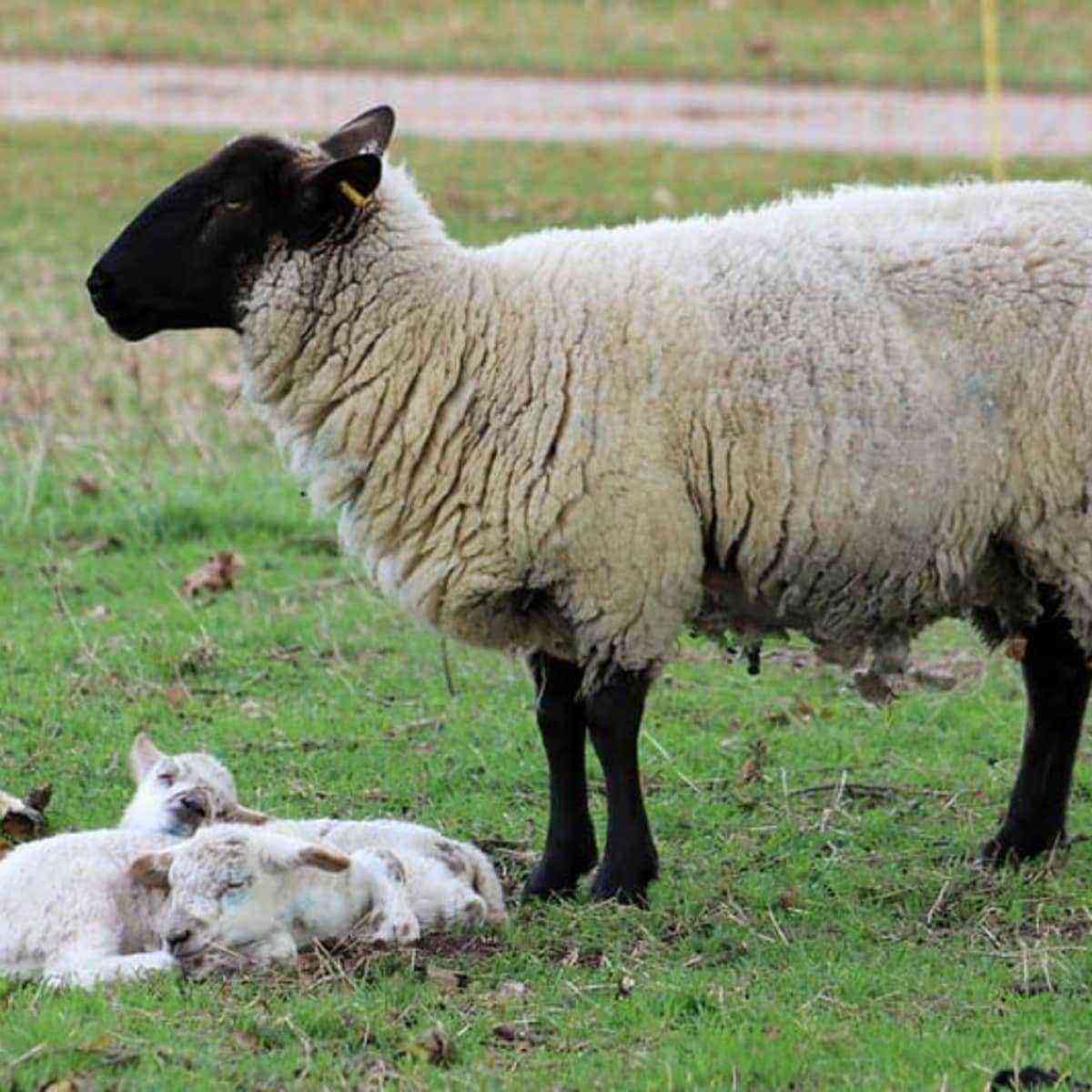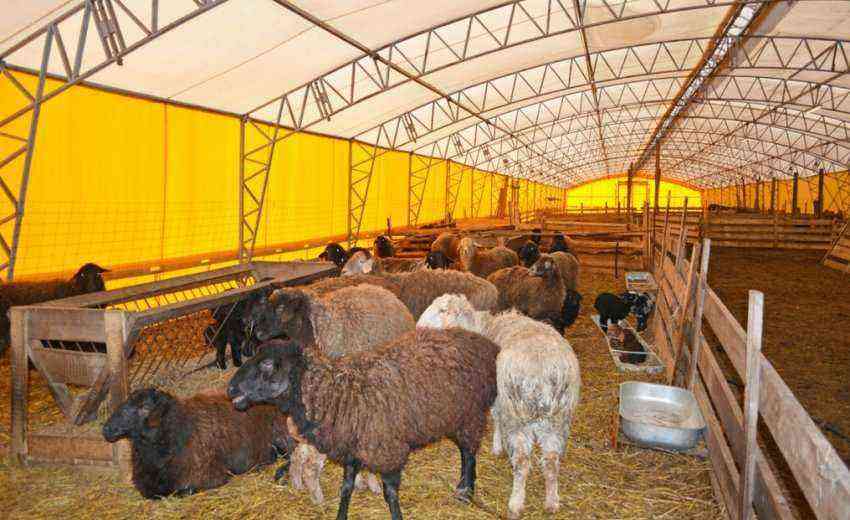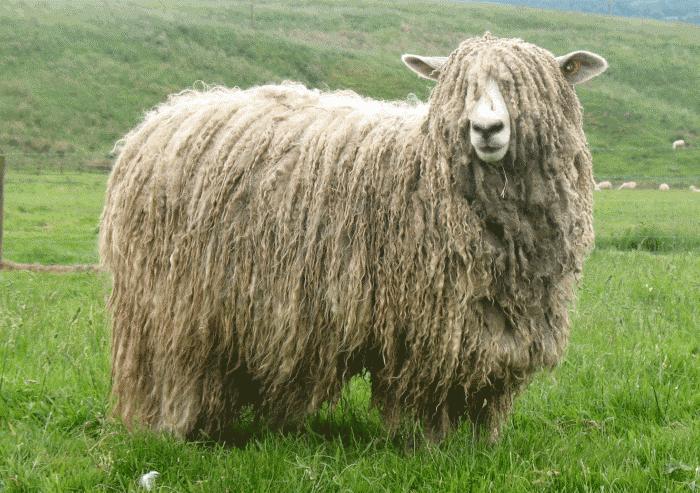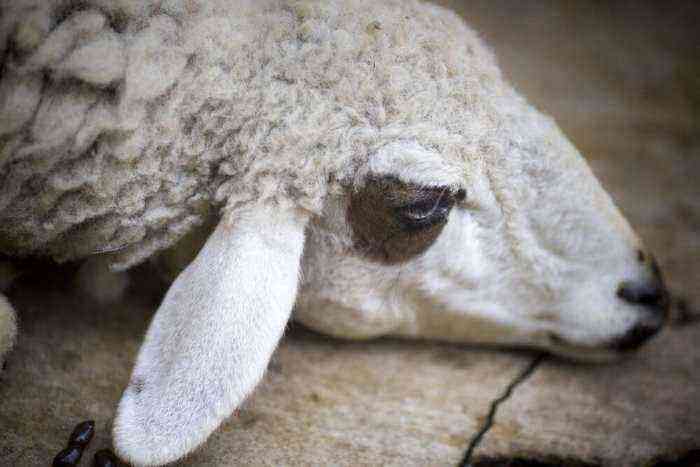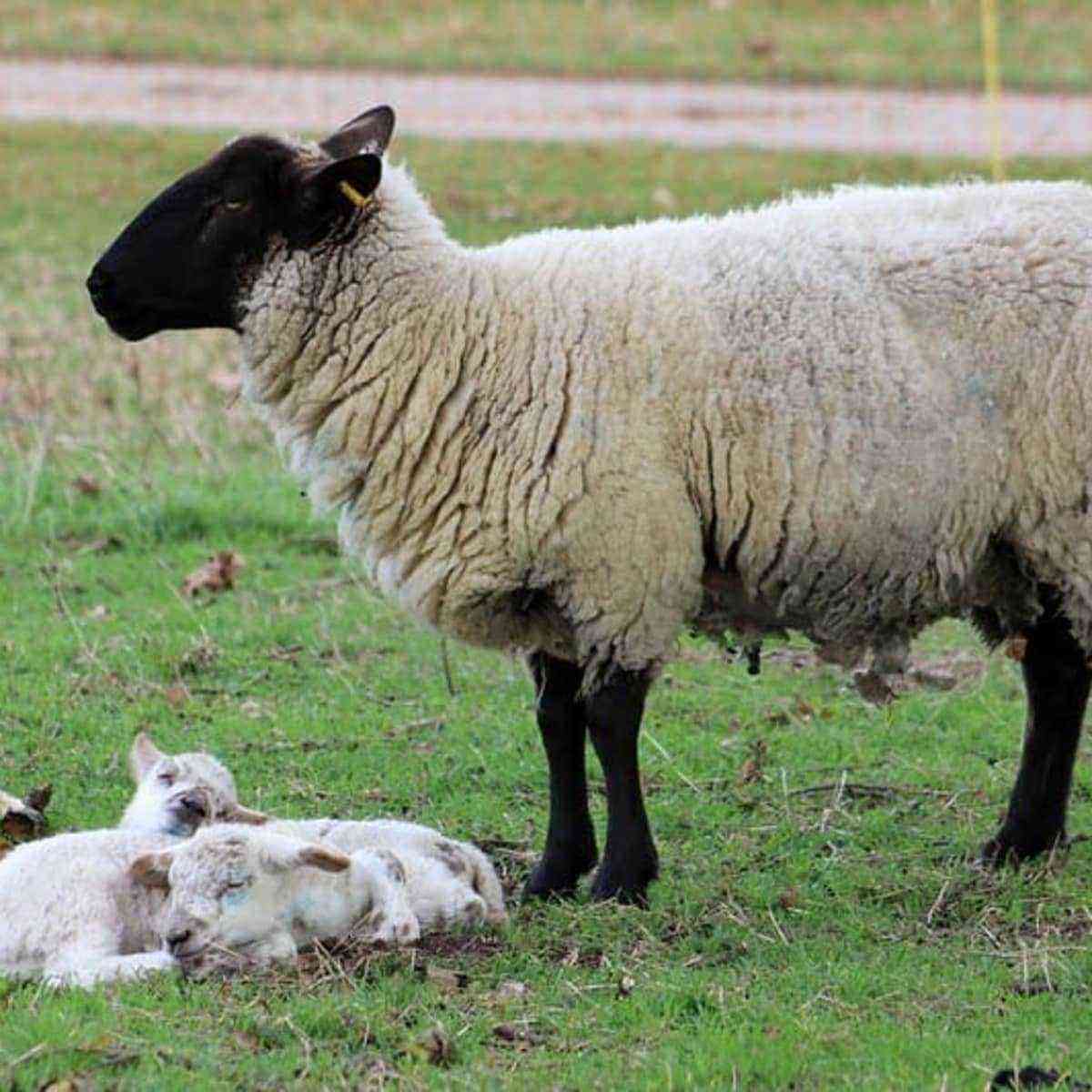The snow sheep is one of the most beautiful representatives of artiodactyls living in the highlands of Siberia, Sakhalin and Kamchatka. A unique animal with amazing winding horns on its head is considered a real masterpiece of nature. What are the features of the life of a bighorn sheep, and what role does it play in human economic activity – later in the article.
Origin of the species
Bighorn sheep, bighorn or chubuk – a representative of artiodactyl ruminants of the bovid family, whose main habitat is considered to be the regions of North Asia, limited by the Ural mountains in the western part and the Baikal Range in the south. The first paleontological finds of bighorns date back to the preglacial period, more than 750 thousand years ago.
Living in North Asia, the animals gradually increased the geography of their habitat and migrated to North America, where today their two closest relatives, the Dall sheep and the bighorn sheep, meet. The largest representative of the bighorns lived during the Pleistocene on the territory of present-day Yakutia.
Important! The geographical disunity of animals of this species contributed to the formation of a large number of their subspecies. And, despite the differences in physiology and exterior, the formation of hybrid forms between subspecies is possible, which increases the chances of restoring the ram population.
According to archaeological research, the base of its horns was about 11 cm in diameter, the width at the back of the head was 12 cm, and the interval between the eyes was 19 cm. Such data may indicate that it was this subspecies of the prehistoric bighorn sheep that was the progenitor of modern animals, since in terms of its dimensions and physical structure it is closest to modern bighorns.
Characteristic, external description
The bighorn sheep is easy to distinguish from other members of the sheep genus by its massive, powerful and large physique. Due to the fact that the main habitat of artiodactyls are mountainous regions, in their physique they are closer to mountain goats than to members of their family.
The snow sheep is characterized by a small size, a very strong body, an elongated loin, a shortened cervical region, a small head with neat ears, thick, short powerful limbs. The body length of males varies between 140–188 cm, height at the withers is about 120 cm, and the weight is 80–160 kg. Females have smaller dimensions: body length – 120-170 cm, height at the withers – 90-110 cm, weight – up to 70 kg. The largest modern bighorns are the Chukchi and Kamchatka.
A distinctive feature and main advantage of bighorns, both males and females, are massive, weighty and powerful horns located on the head. Their length reaches about 110 cm. Horns are of particular trophy hunting value for humans, which is why the animal population has suffered so much from the harmful actions of hunters.
In the summer season, the body of the artiodactyl is covered with a small layer of wool. In autumn, the outer coat continues to grow, and at the same time the undercoat begins to grow. By the winter season, downy hairline and guard roots acquire a white color.
Did you know? The bighorn is one of the few creatures with rectangular pupils. A similar structure of the organs of vision is inherent in their relatives – sheep, as well as mongooses and octopuses.
Sexual maturity in bighorn sheep occurs at two years of age. The birth of offspring, as a rule, falls in the summer season. Newborn bighorns develop quickly and actively, easily adapting to new habitat conditions. After reaching the age of one month, most lambs refuse mother’s milk and completely switch to an adult diet. The fecundity of the female is not too high: one lamb per pregnancy.
Range and habitats
As noted above, the largest territorial distribution of rams is noted in the highlands of Yakutia, the Magadan region, Sakhalin, and Kamchatka. The most reliable habitat for artiodactyls are hard-to-reach places for humans and other animals. In winter, bighorns migrate to areas where there is no large snow cover, otherwise they have nowhere to forage.

Today, the Putorana representatives of sheep are in the greatest danger, since they have the smallest habitat – the Putorana Plateau in the central part. Animals can be found along the coast of the Norilsk lakes, in the basins of the Holokita, Deloch, Duluka rivers.
Important! The area of settlement of bighorns is limited by height above sea level. They usually prefer mountainous regions at an altitude of at least 300 m above the sea.
Current population, movement
The area of sheep settlement in Russia occupies an area from the Putorana Plateau to Chukotka, and is limited on the south side by the 48th parallel. With a seemingly wide area of distribution, homogeneity of populations is not observed. This is due to the fact that animals form certain groups that are localized on the slopes of mountain ranges.
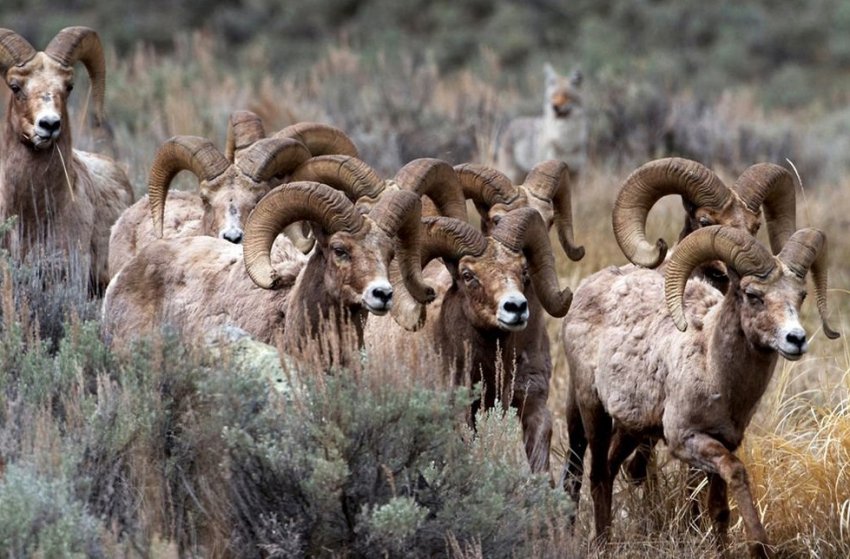
The total number of bighorn sheep has hardly changed over the past 30–50 years. The Verkhoyansk mountain system, which lies in the northern part of Siberia, boasts the largest population in the Russian Federation.
In total, there are three populations of bighorns:
- northern, which has up to 11 thousand livestock;
- central, with the number of individuals up to 11,5 thousand;
- southern, in which there are about 10,5–11,5 thousand animals.

On the one hand, human activities, in particular, the development of poaching, the shooting of animals by local residents and the insufficient control of state bodies for the protection of animals, contribute to a decrease in the number of sheep. But, at the same time, a critical reduction in populations does not occur, due to a decrease in the share of reindeer husbandry and the migration of many rural residents to cities. The recovery of populations over the past 20 years has also been facilitated by a reduction in the number of geological exploration operations.
Today, the number of bighorn sheep, taking into account all subspecies, is 100 thousand individuals.
Subspecies
The geographical fragmentation of northern sheep contributed to the formation of several subspecies of artiodactyls:
- Putoransky. The largest representative of bighorn sheep, which, due to the high risk of extinction, is listed in the Red Book. The only habitat of artiodactyls is the Putoran Plateau. The animal differs in small, up to 1 m, growth, strong physique, short limbs. Powerful horns folded in the form of a snail flaunt on the head.
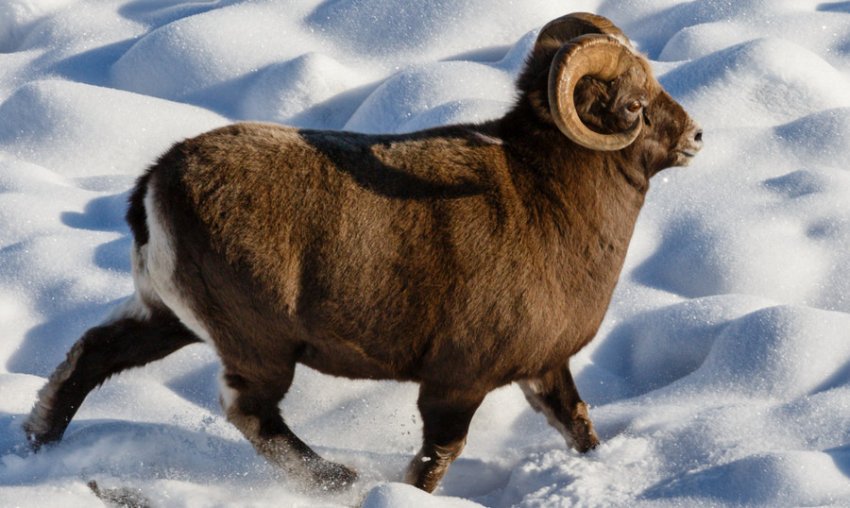
- Yakut. Bighorns live on the territory of the entire Momsky Range, Verkhoyansk, Chersky Range, on the southern side of Yakutia on the Stanovoy Range. The Yakut subspecies of the ram has a body length of 150–170 cm, a height at the withers of 100–110 cm, and a weight of 80–100 kg. Females are slightly lighter and smaller. The described animals have the longest horns of all subspecies, the length of which reaches from 86 to 110 cm. At the same time, the girth at the base can be 39 cm. Yakut sheep are distinguished by an unusual color: a light muzzle with dark cheeks, a grayish-brown or dark brown body . You can find an almost completely white bighorn with very light, ocher-colored fur.
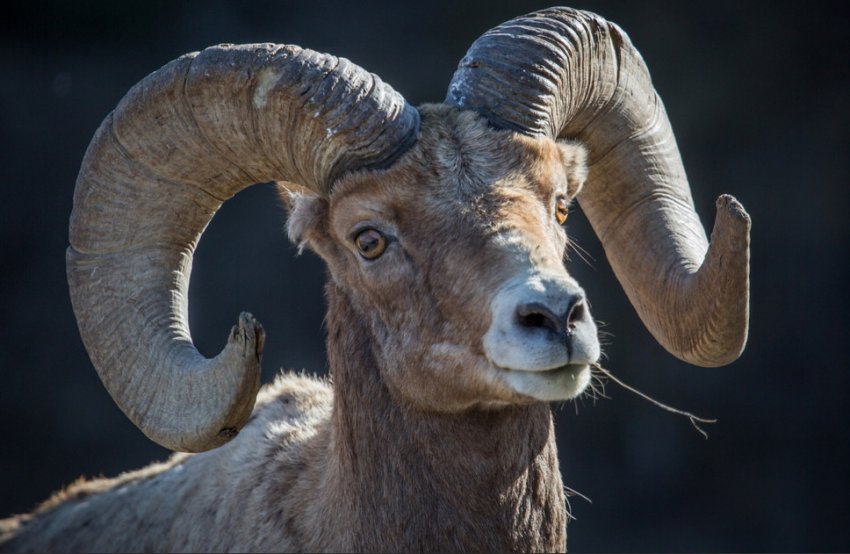
- Kodarsky. Kodar rams completely populate the Kodar ridge, located in the Vitimo-Olekminsky highlands. They have a stockier build, screwed horns, and fairly large expressive eyes that allow them to see long distances. There are no dark blotches in the color of the animal, which are inherent in the Yakut and Okhotsk representatives. On the sides of the Kodar bighorns there are no spots or clearings of a contrasting nature. The limbs are light in color.
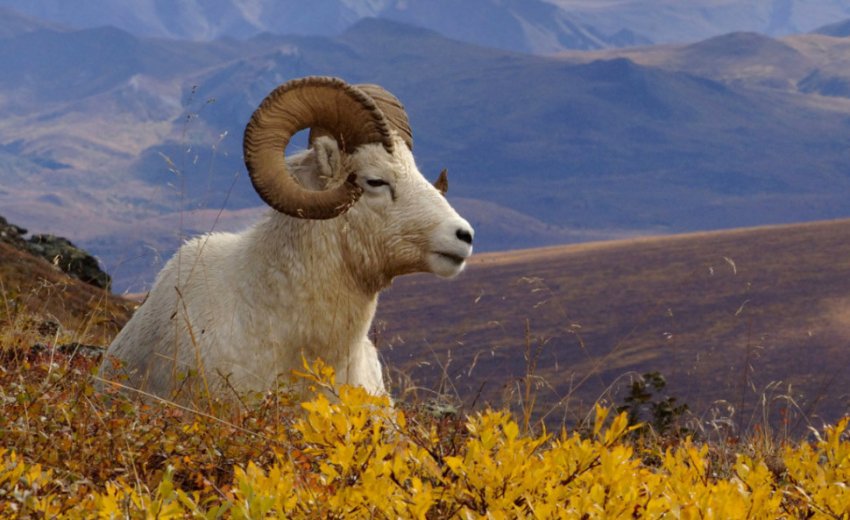
- Okhotsk. The main part of the population of the Okhotsk subspecies is concentrated in the southwestern part of the Magadan region. Artiodactyls are distinguished by rather powerful, massive horns, the length of which reaches 100–110 cm, the girth at the base is up to 36 cm. The color of the animals is quite even, closer to dark.
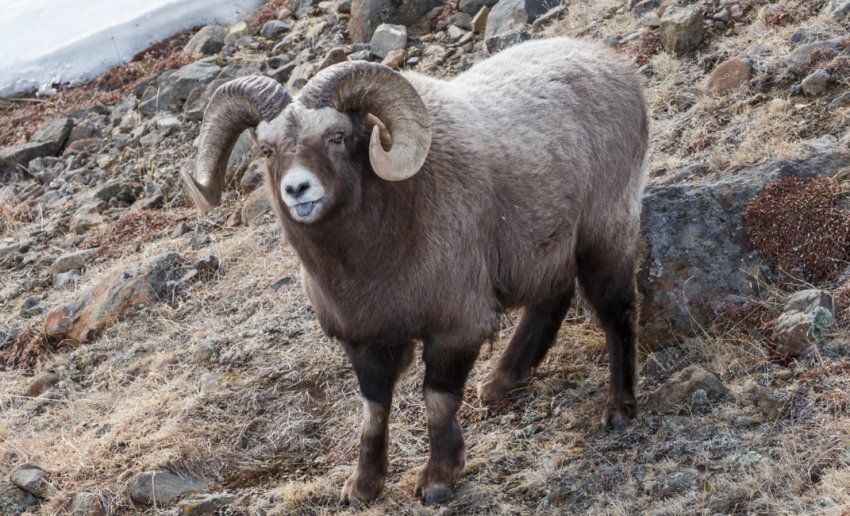
- Kolyma. Representatives of the Kolyma subspecies inhabit the Magadan region, starting from the Kolyma tract and limited to the right bank of the Kolyma River. According to scientists, today the population is up to 10 thousand heads. Animals are characterized by a massive downed body, a medium-sized head, large, sinuous horns.

- Chukchi. Representatives of the Chukchi subspecies are quite large. Males are characterized by a body length of 180-190 cm, height at the withers – 102-106 cm, weight – from 90 to 105 kg. The color of sheep is similar to the color of the Yakut subspecies: a light muzzle and a brown body. The Chukchi bighorn is listed in the Red Book of Russia.
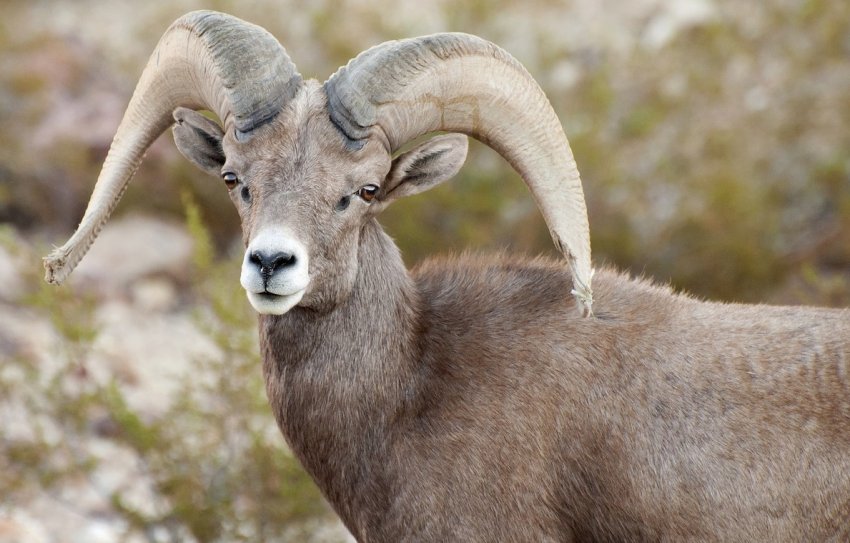
Life cycle
Snow sheep are rather slow, calm animals with a peaceful disposition, which are characterized by increased activity during the day and passivity at night. Artiodactyls unite in groups of 4–6 individuals, lead a sedentary lifestyle. Throughout their life cycle, bighorns rest and forage for food.
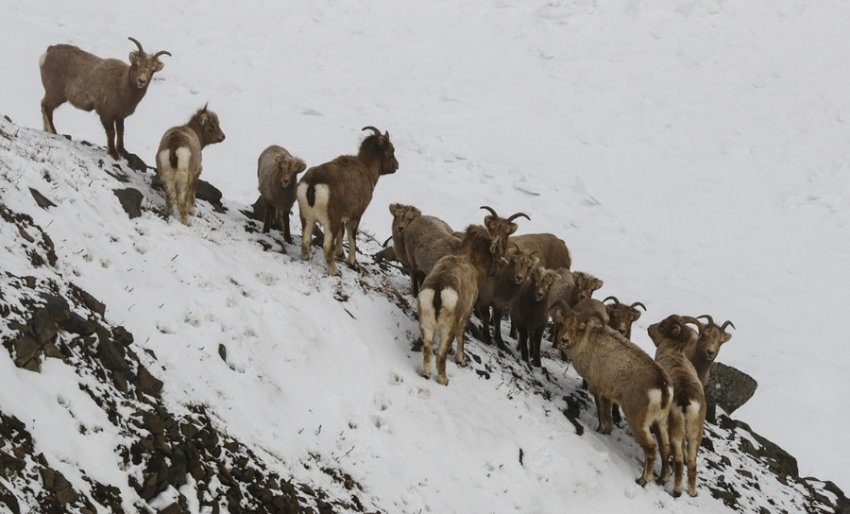
The most active period for sheep is the autumn season, when they can form into herds of 20–30 heads and graze on pastures rich in food. Before the onset of winter cold, the herd is divided into groups of 5-6 animals, this distribution makes it much faster and more efficient to move through the mountains in search of food. Bighorns get food from under the snow cover, breaking it with their hooves. Winter is the most difficult period – many of them do not live until spring, dying of exhaustion.
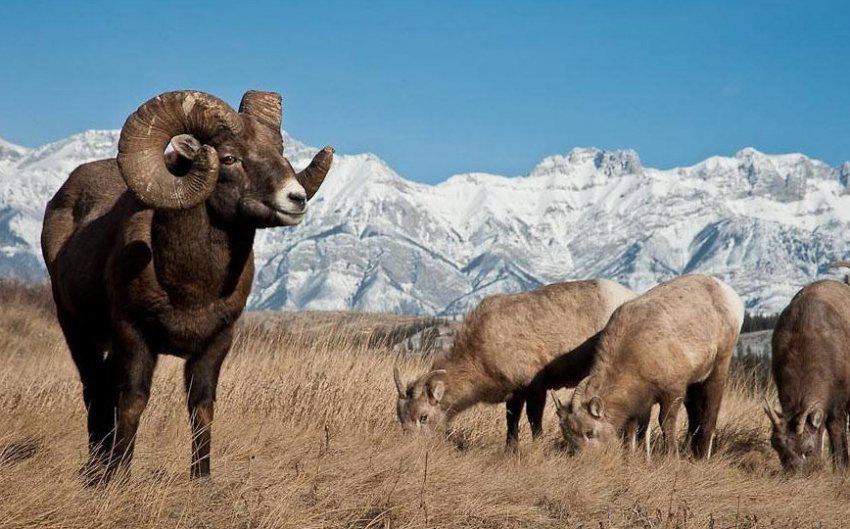
Despite their rather massive physique, rams easily move along the mountain slopes, quickly maneuver, and are able to jump up to 2-3 m. Artiodactyls get their food in the gorges of the mountains, along the coast of rivers, near mountain streams. Sometimes they can retreat to the plains, but at the slightest danger they quickly return to the hills.
Animals choose places for rest in territories that are well visible in different directions. They use their hooves to dig small holes in which they lie down at night. Snow sheep are characterized by territorial conservatism and are very strongly attached to the area and pastures. They wait out the hardships of the weather in various shelters: caves, stone depressions, etc.
Features of behavior
Snow sheep are distinguished by a peaceful, calm character, they almost never show aggression. Animals are very silent, only occasionally you can hear quiet sounds from them, reminiscent of bleating. In addition, bighorns have excellent intelligence, which is evidenced by the fact that they never lie down on the crest of the ridge in such a way as to stand out against the background of a bright sky, they always stoop a little.

You can also note their well-developed powers of observation. Rams can easily move along the scree, while from the many unstable stones they choose one that can be safely leaned on.
The leaders of the herd have a special sense of danger. Feeling anxiety, they do not calm down for a long time, leave the feeding place and take all members of the group with them. At the slightest fear, the rams are grouped into a dense bunch and remain motionless until the leader determines the degree of threat. Seeing the enemy, the leader of the herd runs away, setting the direction and speed of the run, the rest of the group follow him.
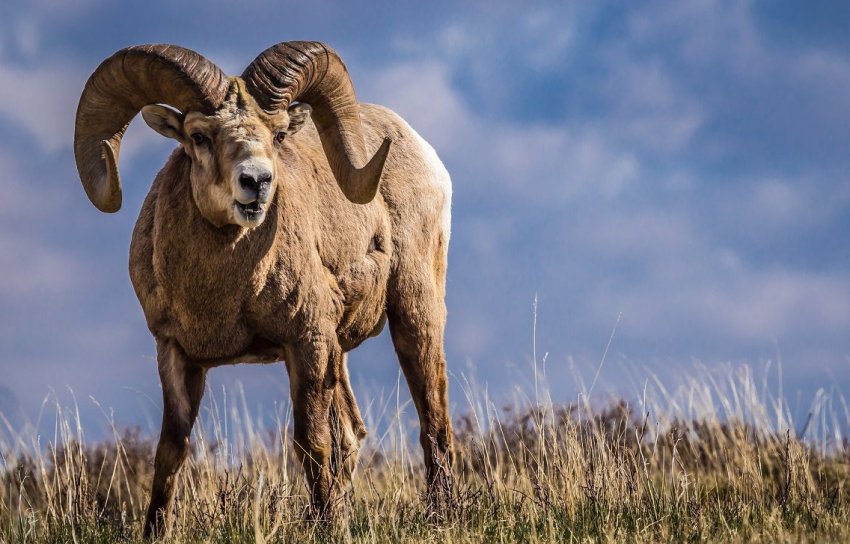
Transitions from one place to another are usually led by the dominant male (in bachelor groups) or the oldest female. The whole group moves at a slow pace in a chain, taking special care on steep slopes, near gorges, in places of rockfalls.
What to eat
The physiological structure of the internal digestive organs of the bighorn sheep is the same as that of domesticated animals. That is why the main part of the diet of animals is plant foods, in particular juicy greens, berries, plant branches.

Bighorns feed on over 320 species of plants, including fungi and lichens. In spring and autumn, herbaceous plants, berries and mushrooms form the basis of the diet. In winter, dry grass, roots of various crops, and needles help artiodactyls survive.
Dangers and Enemies
Among animals, wolves and wolverines pose the greatest danger to the bighorn sheep., which move with dexterity over mountainous terrain. Wolves usually prey on bighorns during the winter when they migrate in search of food. Wolverines can attack animals at any time of the year, while they prefer young lambs and females.
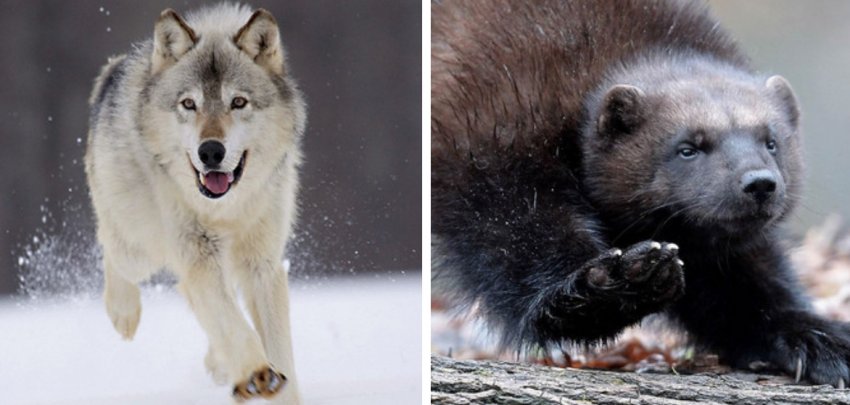
In rare cases, rams become victims of attacks by foxes and lynxes, which attack only young animals. White-tailed eagles and golden eagles can also harm artiodactyls. From danger, animals hide in caves, crevices.
Did you know? The length of the intestines of a bighorn sheep is 30 times the length of the animal’s body. At the same time, the design features of the structure of the organ make it possible to eat hard, solid food, spikelets, sedge, branches along with thorns.
Another enemy of bighorns are hunters and poachers. Horns and delicious lamb meat are considered rare hunting trophies, which are purposefully hunted. It should be noted that, despite the ban by the authorities, hunting for animals continues actively, which leads to a decrease in the population.
Reproduction and offspring
Puberty in bighorn sheep varies by sex. Females reach reproductive age at 2 years, males are ready to mate at 4-5 years. Since there are much fewer males, animals are combined into groups that consist of 3-4 males and 7-8 females. Before mating with a female, males arrange fights among themselves. Similar competitive competitions take place during the rut, which falls in the second half of autumn. As a rule, fights are not distinguished by cruelty or duration, everything ends after the first serious blow with the horns.
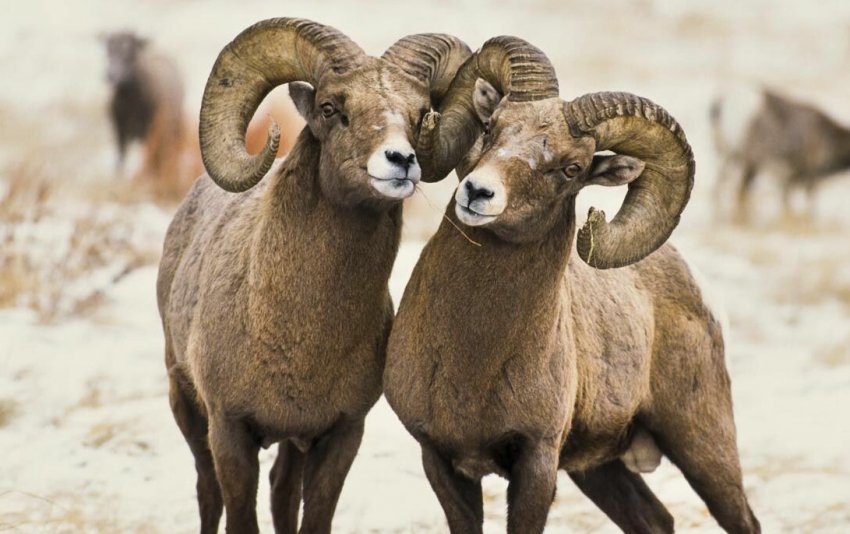
The gestation period for the female lasts about 5 months. The female is ready for the birth of the baby in the first weeks of June, in some cases at the end of May. A few days before delivery, the female looks for a calm, quiet, remote place, reliably protected from bad weather and predators. The fecundity of rams is low, one lamb is born in one pregnancy. In rare cases, the female can give birth to two babies, but in most cases one, weaker lamb, dies. The average weight of a newborn is 3-4 kg.

The birth of babies occurs at a time when it is full of green juicy greens, herbs and berries. Already a month after birth, babies refuse mother’s milk and switch to adult food. This allows the lambs to quickly gain weight, actively and rapidly develop. Before the onset of a cold pore, their weight reaches 25–30 kg.
Important! Given the fact that the annual growth of young is small, with many young individuals dying in the first winter, a strong increase in the population is not observed.
Conservation work
It is possible to restore and increase the number of bighorn sheep only if a comfortable and safe habitat is created for the animals. Today, the main problem is not hunting wild animals, but human activities, such as communications, road construction, and the construction of industrial facilities in the habitats of artiodactyls. The problem is especially acute for animals living in the lowlands.
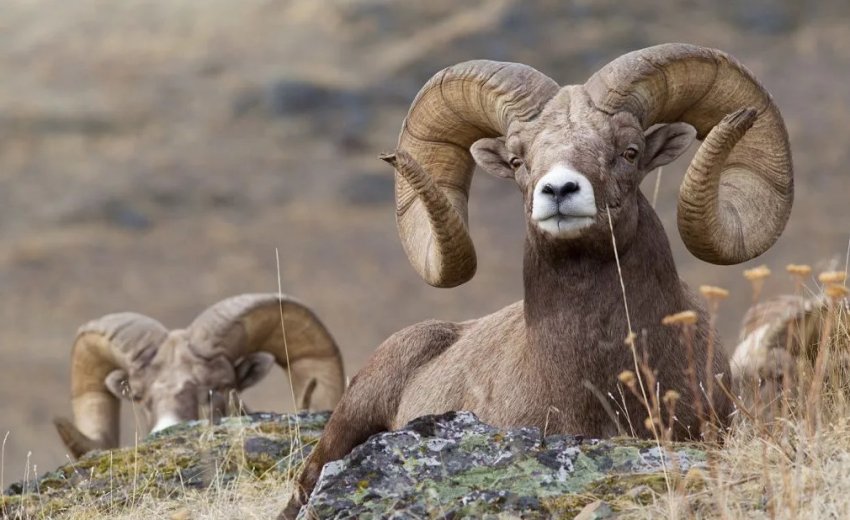
That is why people face a number of environmental challenges:
- clearly defining and protecting the boundaries of bighorn habitats;
- restoration of free-living groups of artiodactyls;
- creation of special territories with special protection.
For the preservation of populations, it is advisable to carry out their resettlement, for example, on the territory of the Kuril Islands, where at present the presence of a person is very limited.
Important! To preserve the population size, some subspecies of bighorns are listed in the Red Book, in particular, the Putoran.
Specialists developed a scheme for restoring the number of sheep:
- determination of donor regions from where artiodactyls will be “withdrawn” for further resettlement;
- artificial resettlement of bighorns to new territories;
- animal domestication activities;
- accelerated increase in the number of individuals due to hybridization.
Snow sheep in human economic activity
To date, the population has declined significantly. Today, according to scientists, there are about 100 thousand individuals. Animals are involved in several human activities.
Fishing object
The commercial value of the bighorn sheep today is low, since the population is sharply declining, and many of its species are listed in the Red Book and protected by law. However, several decades ago, bighorns were actively destroyed to obtain a valuable trophy – unique horns, high-quality skins and tasty meat. The skin is valued much higher than deer, and the meat, although a little tough, is considered the most useful dietary product with a minimum fat content.
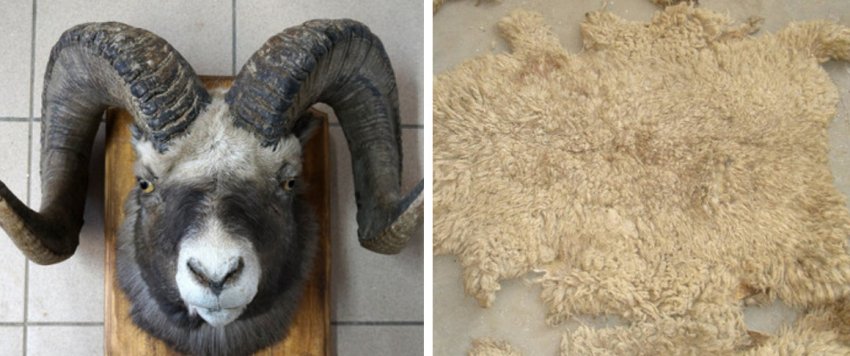
Attracting tourism to the regions of distribution
One of the main methods of increasing the number of snow sheep populations is to attract tourism to promising regions of animal distribution.. The bighorn, as an object for the aesthetic satisfaction of human needs, can be used for general display to people when organizing green tourism on specially designated viewing platforms in the appropriate areas.
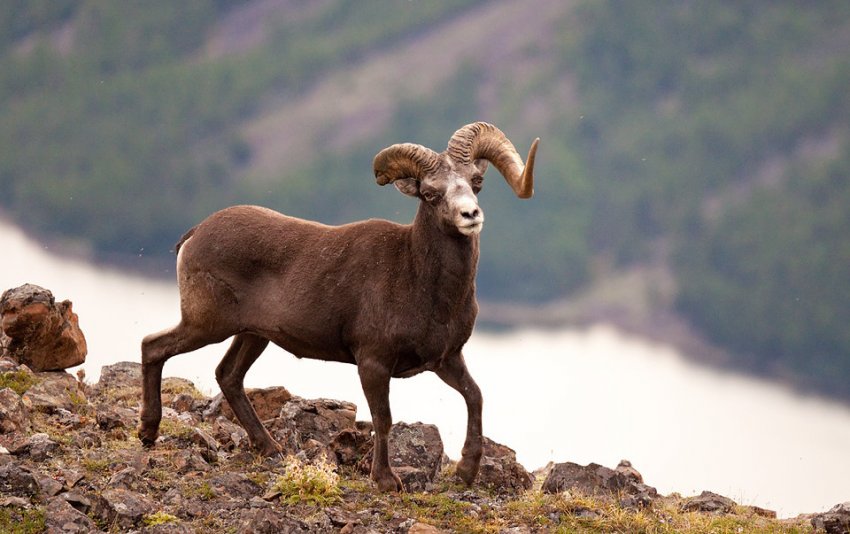
In addition, it is possible to organize recreation for tourist groups and observe bighorn sheep in specially prepared wildlife areas close to the range of artiodactyls, for example, along the coast of the Sea of Okhotsk and the Bering Sea.
Hybridization with agricultural species
Quite often, a female under natural conditions aborts after fertilization with the seminal fluid of a male, therefore, to continue offspring, females are crossed with domesticated or purely domestic relatives. However, due to various genetic mismatches, such activities do not always give successful results. For example, the inhibitory factor is the difference in the puberty and gestation period of females: in wild individuals, pregnancy lasts 140 days, in domestic ones – about 170 days.

In this case, hybrids are born weak, with genetic abnormalities. Hybridized young animals are quite difficult to adapt to environmental conditions, they constantly require attention, care, contact with a person.
Amazing animals snow sheep are notable for their unique winding horns in the form of a snail. Unfortunately, due to human activity, many subspecies are on the verge of extinction. Local authorities are actively working to revive populations, increase their numbers and create artificial reserves for the safe habitat of bighorns.
